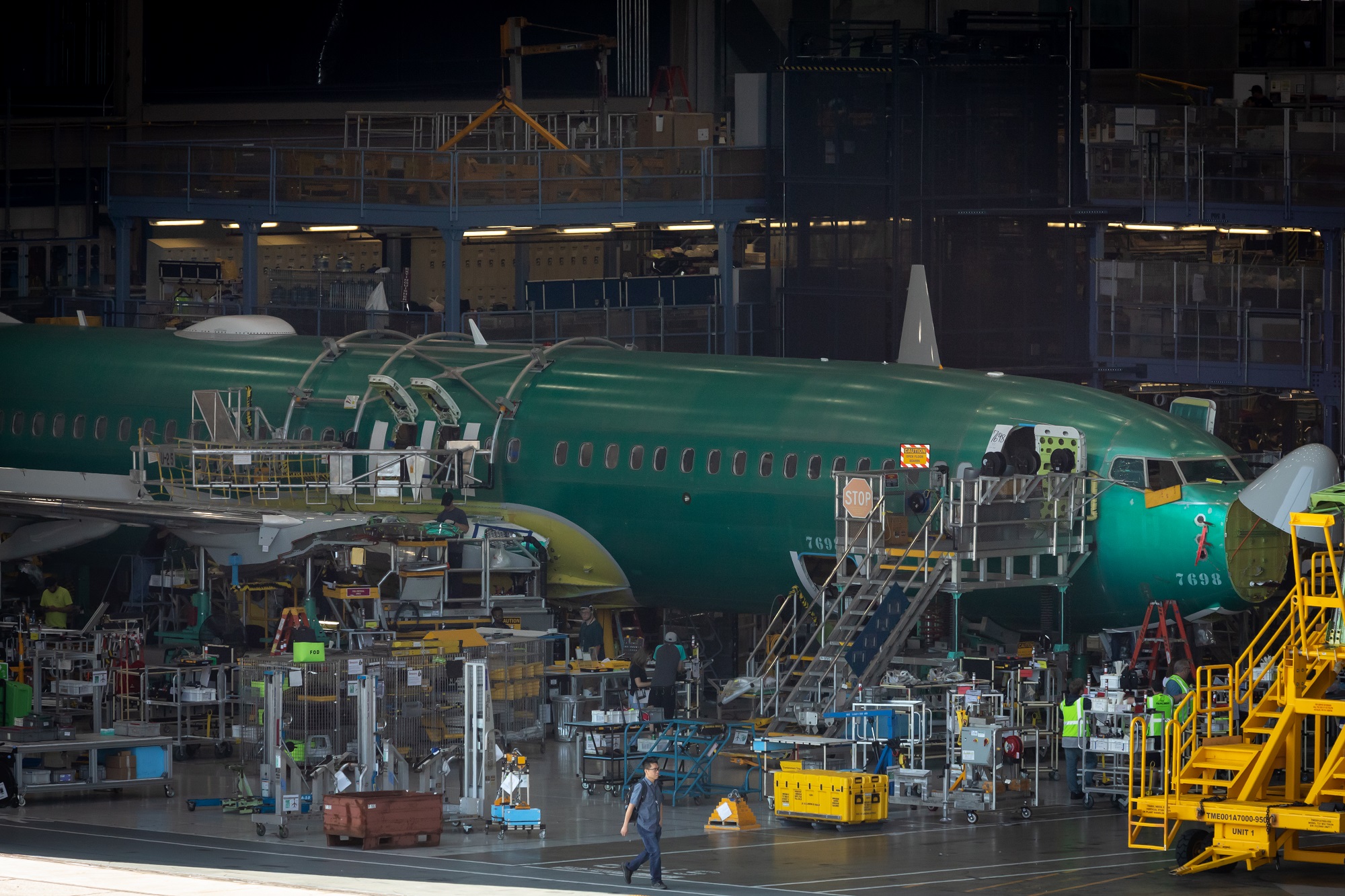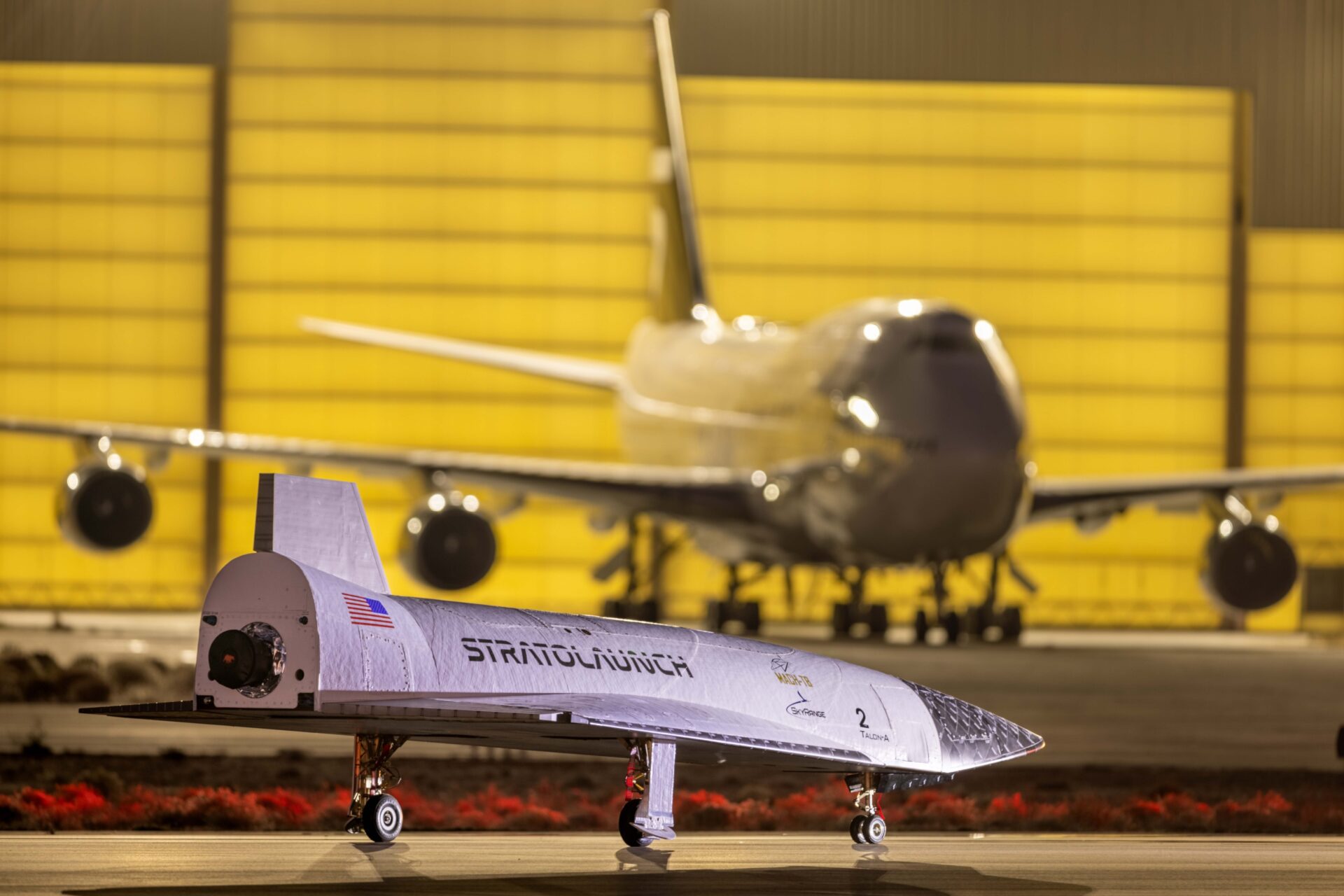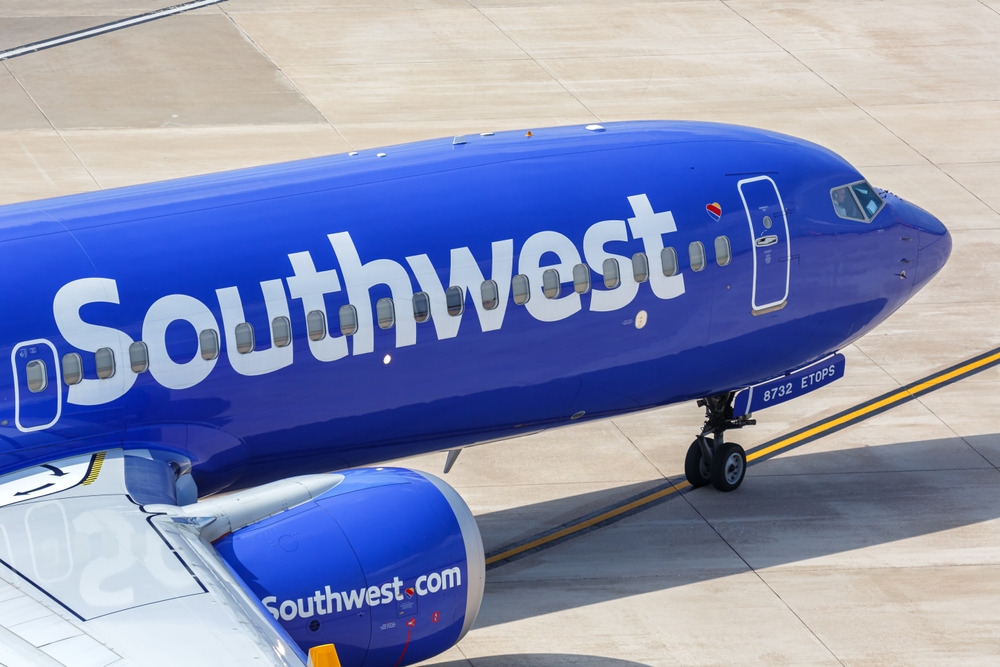Its mission is rapid initial attack delivery of fire retardant on wildfires. For this role, it’s excellent, given its huge retardant payload and rapid flight speed.
CAL FIRE operates a sizable fleet of 23 Grumman S-2Ts, which originally served with the US Navy between 1958 and 1975. Back then they were called the S-2E/G, and were carrier-based anti-submarine aircraft.
Acquired by CAL FIRE in 1996, the aircraft were converted by Marsh Aviation into a firefighting configuration. New, more powerful turboprop engines were fitted, making them fast and manoeuvrable, and turning them into the S-2T.
VIDEO
Like the C-130, the S-2Ts are rapid initial attack aircraft, some of the first to take to the air in the event of an outbreak. CAL FIRE says the strategic location of the S-2Ts across the state of California means they can respond to a fire within approximately 20 minutes.
Rockwell OV-10A ‘Bronco’
Number in fleet 16
Role Tactical aircraft
Crew 2 (1 pilot, 1 observer)
Retardant payload N/A
Speed 250 KTS
Endurance 5 hours
Ian Abbott Flickr The Bronco fleet came via the US Navy and Marines, where they served between 1968 and 1993. CAL FIRE acquired 15 OV-10As in 1993 and converted them into air attack platforms. In 2009, it added three OV-10Ds, and today operates a fleet of 16.
The OV-10s operate in a command and control role, usually with an experienced fire officer onboard as an Air Attack Officer. This officer is also responsible for the safe coordination of all the aerial activities around the fire, and directing tankers to drop locations.
As the Large and Very Large Air Tankers are not very manoeuvrable, an accurate approach is essential. In this case, these tactical small planes can be used as ‘lead’ planes, flying ahead of the tankers to direct them to the correct location.
VIDEO
Beechcraft King Air 200
Number in fleet 3
Role Tactical aircraft
Crew 2 (1 pilot, 1 observer)
Retardant payload N/A
Speed 290 KTS
Endurance 5 hours
Ian Abbott Flickr Acquired from the US Army, CAL FIRE uses three Beechcraft King Air 200s as aerial supervisory modules.
Although it’s known for its capabilities in low-level flight, and used by the Forest Service as a lead aircraft for air tankers, CAL FIRE operates its two as training platforms.
Sikorsky S70i CAL FIRE HAWK
Number in fleet 13
Role Helicopter
Crew 2 – 5 crew + up to 9 personnel
Retardant payload 1,000 gallons
Speed 140 KTS
Endurance 2.5 hours
Ian Abbott Flickr Helicopters play a critical role in CAL FIRE’s operations, and the future of the fleet is the Sikorsky S-70i Firehawk (or as they like to call it, the CAL FIRE HAWK). The S-70s role is multi-mission, both important for transport and for firefighting duties.
With space to transport up to nine personnel, the S-70s can get in close to the source of the fire and drop ‘helitack’ teams to launch a rapid attack on the ground. Equipped with a powerful external hoist, the S-70 can conduct complex rescue missions, able to reach stranded people where ground crews cannot.
VIDEO
As well as all this, the helicopter is equipped for direct firefighting too. Its large 1,000-gallon payload means it can play a vital role in early control of wildfires. CAL FIRE also uses the Sikorsky for mapping, cargo transport and various other emergency missions.
CAL FIRE has a fleet of 13 S70s, with funding secured for a further three.
Bell UH-1H Super Huey
Number in fleet 12
Role Helicopter
Crew 1-3 plus 8 personnel
Retardant payload 324 gallons (bucket) plus 360 gallons (fixed tank)
Speed 110 KTS
Endurance 2 hours
David A Hoffman Flickr The Bell UH-1H was acquired by CAL FIRE in 1981, taking them from the US Army where they’d been used as troop and cargo transporter, and for specialized operations.
The UH-1H helicopters were highly modified from their original configuration, with more powerful engines, uprated transmission and a modified tail boom and rotor. These souped-up Hueys were designated ‘Super Hueys.’
Much like the Sikorsky, the Super Hueys are used to deliver helitack crews rapidly to fire reports, as well as rescuing people from remote locations. Since 2019, the Super Hueys have been slowly phasing out of the fleet, to be replaced with the CAL FIRE HAWKS, although 12 remain in the fleet.



